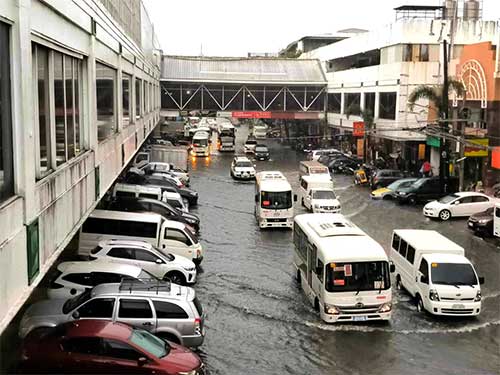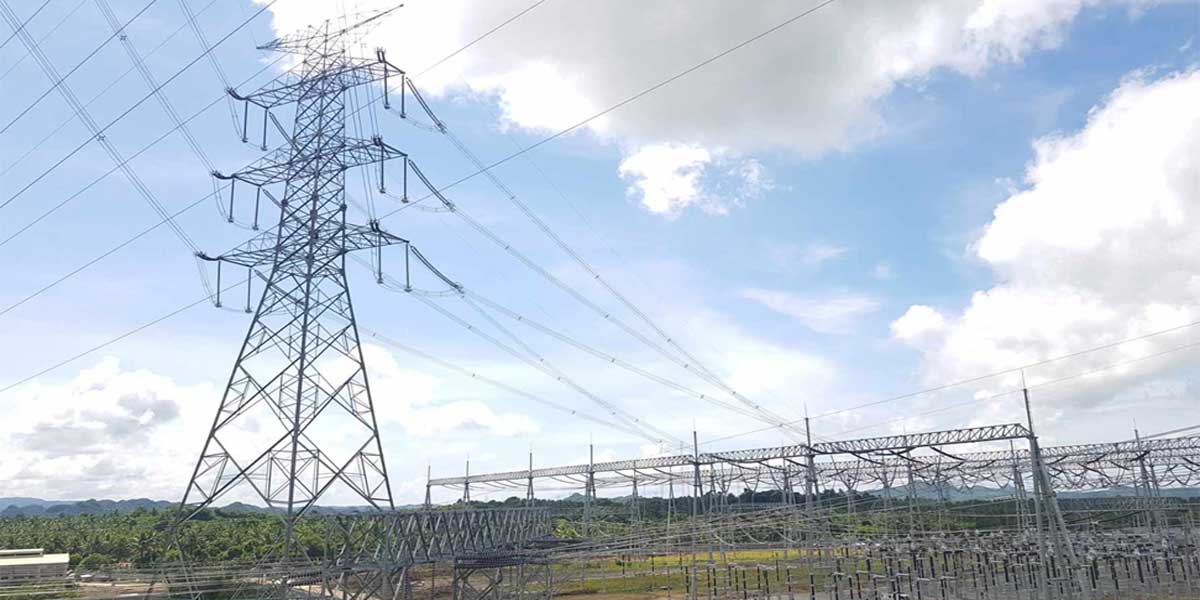
By Rjay Zuriaga Castor
The reported land subsidence of 9 millimeters per year in Iloilo City could lead the metropolis to share a similar fate with Venice, Italy, if the causes of its sinking are not addressed promptly, a disaster resilience expert warned.
Jessica Dator-Bercilla, a Science-Policy Interface Fellow at the National Resilience Council (NRC), emphasized that the local government must take steps to slow down land subsidence, particularly because the city is located in a delta and floodplain area.
The city’s foundation consists of low, flat land composed of loose, porous soil, which lacks the stability found in more compacted, rocky ground. Its low coastal elevation also makes it naturally susceptible to flooding.

“If people do not cooperate, particularly in the business sector, we will have to learn to live with the flooding. The public should be prepared, much like Venice. If we do not help the government, we must brace for that scenario,” she said during a meeting with Iloilo City Mayor Jerry Treñas and other stakeholders on Tuesday, August 27.
“We must accept that this is a delta. If we are to remain here, we need to adapt or mitigate,” she added.
Dator-Bercilla urged the city government to strictly regulate existing wells and control the establishment of new wells, citing recommendations from other experts.
The regulation should include managing the extent of water pumping by service providers, considering the possibility of saltwater intrusion, spacing requirements, and withdrawal rates for wells.
She noted the need for follow-up work on surveying and mapping both shallow and deep water wells, estimating extraction rates, well depths, and whether electric pumps are used for extraction.
“We need hard data for this because if we impose regulations, stakeholders will demand justification, which will provide the necessary evidence,” she added.
Dator-Bercilla also stressed that if a strong correlation between the number of wells and the rate of subsidence is found, the city should expand water services in areas with the highest rates of land subsidence.
“This would ensure that these areas no longer need to excavate the ground for wells,” she said.
She underscored that the 9 mm/year subsidence in Iloilo City is “relatively fast” and that the government should consider the study’s findings in policymaking.
“If there is a building code, the elevation for all new houses and subdivisions should be raised by one or two meters, depending on the subsidence rate,” she said.
She also recommended updating the city’s topographic map and reviewing the design capacity of the drainage system.
She suggested expanding and deepening the drainage system to increase its capacity to accommodate runoff and the changes brought by urbanization and climate change.
Dator-Bercilla called on the public to avoid converting all lands to cement, ensuring that runoff can seep into the ground and replenish the groundwater.
A recent study from the University of the Philippines revealed that from 2014 to 2020, Iloilo City observed land subsidence with rates ranging from 4.0 to 8.8 mm/year.
The most significant subsidence was observed within the Mandurriao area, a key commercial, industrial, and residential hub.
The southeastern portion leading to the Molo district and the La Paz district, particularly the most densely populated coastal area in the city, also experienced notable subsidence.
“The high subsidence rate is occurring along the coast. While Molo’s situation can be explained by its coastal location, Mandurriao is not coastal. However, due to intense urbanization and its large population, it is also experiencing significant subsidence,” she explained.
Mandurriao, the second-largest district by land area and third most populous, is considered Iloilo’s central business district.
Dator-Bercilla pointed out that subsidence is exacerbated by unregulated groundwater extraction in the area.
She explained that when water is pumped out of the ground, the pressure that holds soil and rock particles apart is reduced, causing the soil particles to compact and compress over time.
The study also identified instances of saline water intrusion in wells within the Molo district, likely due to the encroachment of saltwater from the nearby Guimaras Strait.
“Subsidence in these coastal areas can also worsen tidal flooding within the City Proper district, where some areas already experience gutter to ankle-deep flooding during sunny days due to higher tides,” the study added.
In other urbanized cities in the country, the maximum subsidence rates are 109 mm/year in the Greater Manila Area, 11 mm/year in Metro Cebu, 38 mm/year in Metro Davao, and 29 mm/year in Legazpi City.





















